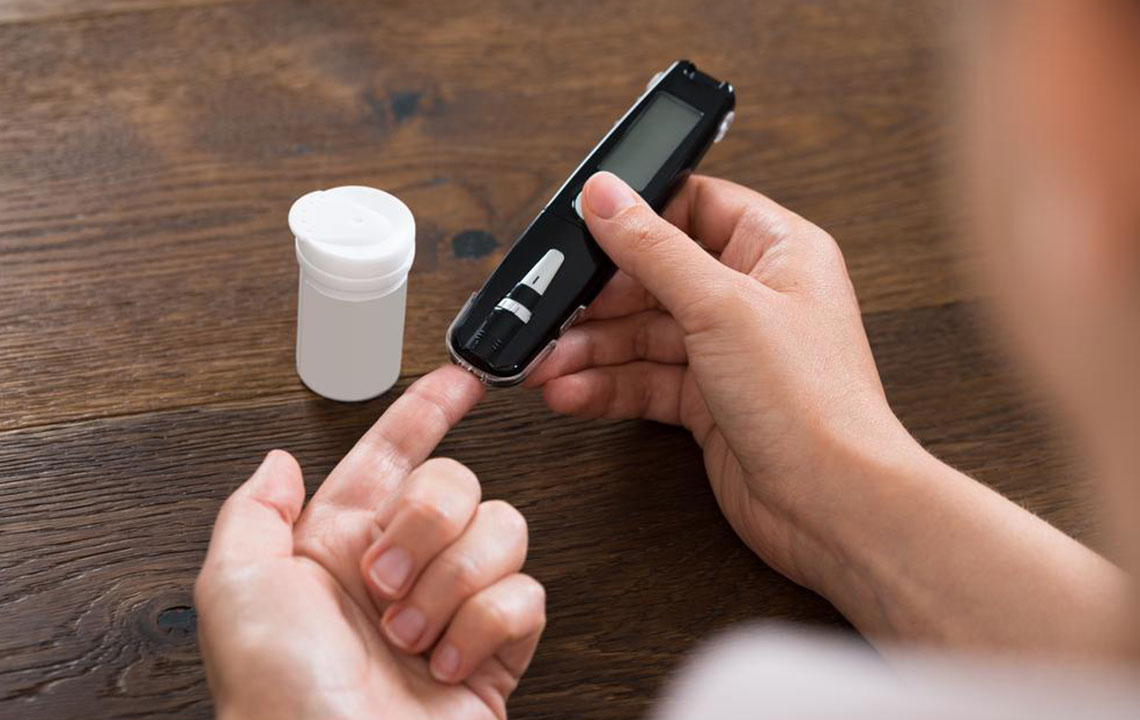How to diagnose type 1 and type 2 diabetes?
Diagnosis of diabetes and its type has so far been dependent on symptoms that seemed to have a pattern. Most patients who have had the disease since their childhood and have been dependant on injectable insulin have been categorized as type 1 diabetic while those who are overweight and are insulin resistant are categorized as type 2 diabetics.

These traditional symptoms have now become blurred with the diabetic type 1 patient often showing symptoms of a diabetic type 2. Though both are characterized by increasing levels of blood sugar in the body, they can be differentiated only by the way the conditions arises and how it develops over time.
Let’s take a look at the different ways in which they can be distinguished, starting with the Type 1, followed by Type 2 and which diabetes tests are involved in diagnosing it.
Type I Diabetes
Type I diabetes is often diagnosed in childhood and isn’t associated with being overweight. The disease can be comprehended if there are higher ketone levels in the blood during diagnosis. The condition can be treated with the help of insulin injections or an insulin pump, and cannot be controlled without it. It can be diagnosed by various diabetes tests including A1C test and fasting glucose test.
Type II Diabetes
This type of diabetes exists in people who are more than 30 years and are overweight. It is recognized by higher cholesterol levels or higher blood pressure in the body. Type II diabetes can be treated with medication, and it is possible to discontinue the medication. It can also be diagnosed with the help of diabetes tests like fasting glucose tests, normal blood plasma glucose test and A1C test.
Development of type I diabetes
The type I diabetes is primarily an autoimmune disease, in which the immune system attacks part of the body by error. The attack on beta cells of the pancreas leads to a decrease in their number until they are fully depleted. Hence, Type 1 diabetes makes the victims entirely dependent on insulin. Most patients are advised diabetes tests to diagnose the problem at its initial stage.
Development of type II diabetes
In type II diabetes, the body gradually loses its capability to respond to insulin, also known as insulin resistance. The body would compensate for this by trying to produce more insulin, which puts a strain on the beta cells, destroying them as the time progresses. This totally diminishes insulin production. If detected early with the help of diabetes tests then it can be treated effectively.
Diabetes can have long term implications on body organs if it goes untreated and blood sugar levels remain high. Hence it’s important to know whether or not you have diabetes and get the necessary treatment for it.











